Ackee, Jamaica

Should you eat the forbidden parts of the fruit, expect a potentially fatal dose of toxins to be released into your body, suppressing your body’s glucose production and causing dangerously low blood sugar levels, a condition defined as ‘Jamaican vomiting sickness’.
Despite all this though, the Ackee still remains a staple in Jamaican diets. Sought after for its varied nutritional content, high levels of zinc, essential fatty acids and Vitamin A, its seeds and leaves are also used for medicinal purposes.
>> Read about what to expect on a vacation to Jamaica
Casu Marzu, Italy
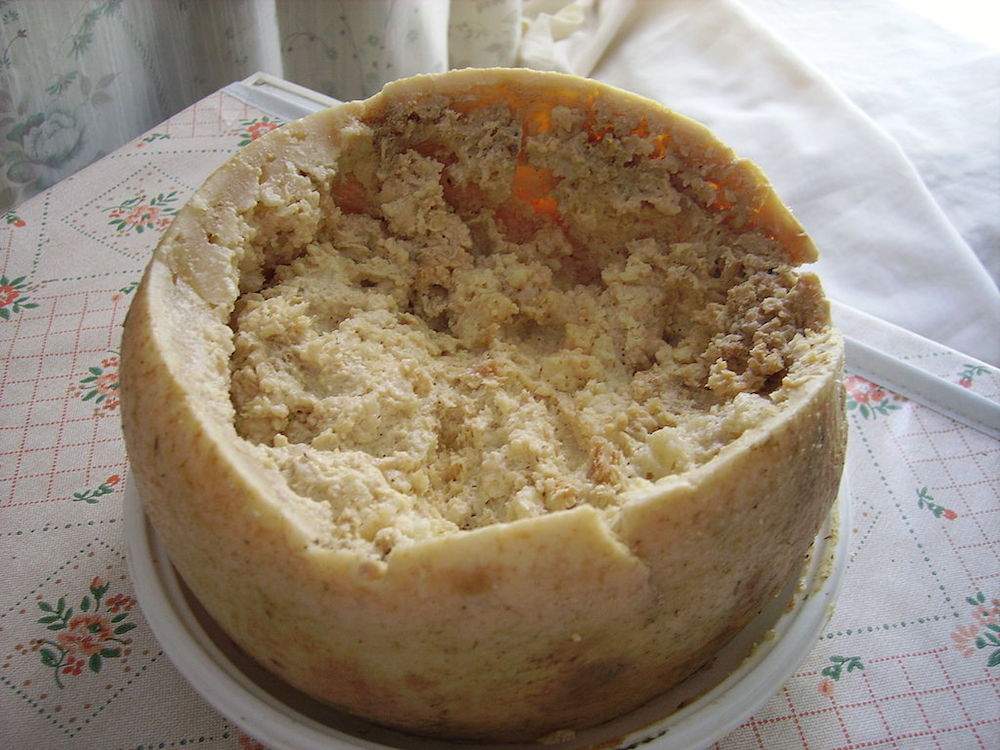
Supposedly, it’s quite safe as long as the maggots have completely died off, the cheese is typically enjoyed with strong red wine (and, presumably, quite a lot of it). And you’ll be pleased to hear that thanks to loopholes for ‘traditional’ recipes in the European health and safety regulations, this treat is now perfectly legal in Europe.
>> Find out everything you need to know about Italian food
Fugu Blowfish, Japan
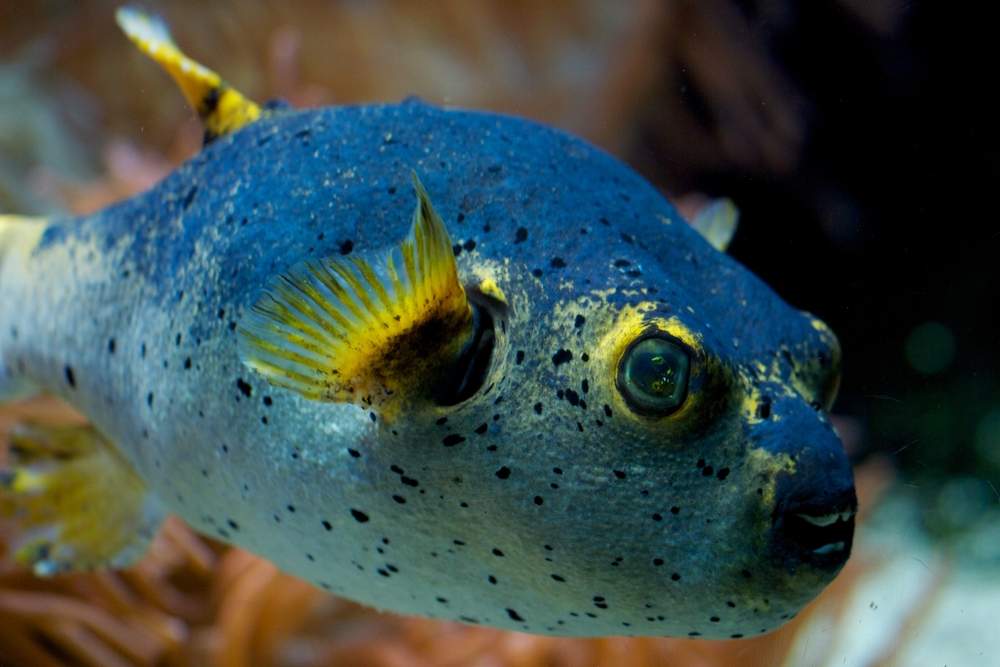
Thankfully, Japanese chefs require a license to cook them because the complex procedure of removing the poisonous parts is the only thing drawing the line between delicious and deadly. Probably best to leave this one to the professionals. Oh, and if your lips start tingling, you might want to start scribbling that will out on a napkin.
>> Book a culinary tour of Japan or find out ways to save money in Japan
Sannakji, Korea
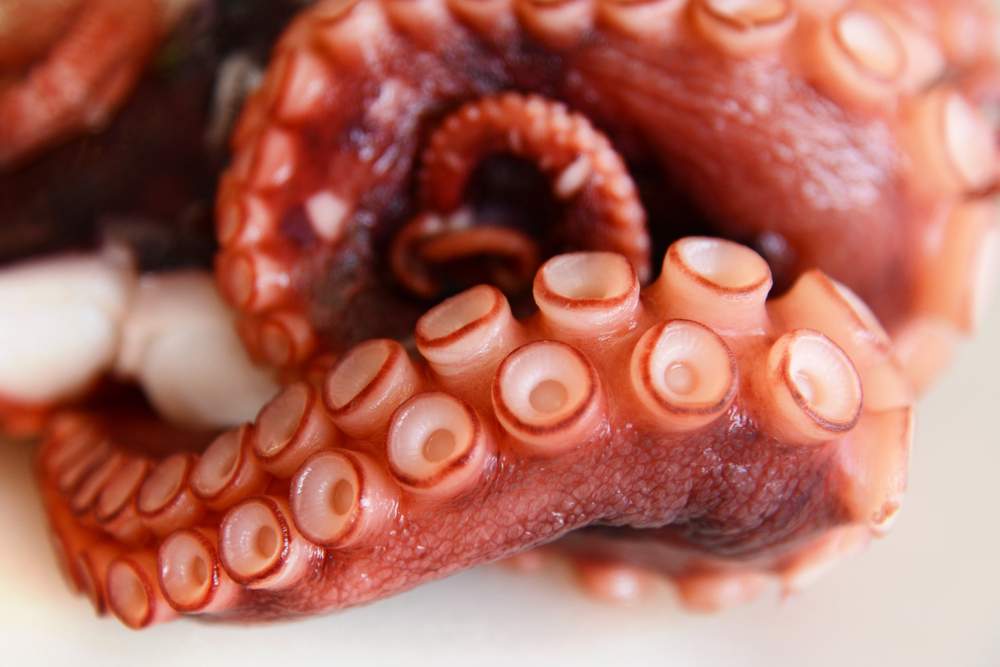
If the sight of your dinner squirming on your plate isn’t enough to put you off, consider that the suction cups on the tentacles are still active and if not chewed correctly or swallowed quickly, will grip the side of the throat and wedge in your throat where they will, quite possible, choke you to death.
>> Discover places to find great and exotic street food
Silverstripe Blaasop, Mediterranean

Hailing from the Indian Ocean, the Blaasop can grow up to a meter in length and is considered a delicacy in some Mediterranean and Middle Eastern areas. Relatively safe to consume as long as the toxic liver, skin and organs are completely removed – a process best left to the experts – it’s still listed as a ‘high-fatality risk’ food by marine experts. If you do fancy risking your life in the name of gastronomy, you’ll have to scour the fishing villages of the Mediterranean to find it – it’s illegal in most western countries.
Death Cap Mushroom, Worldwide
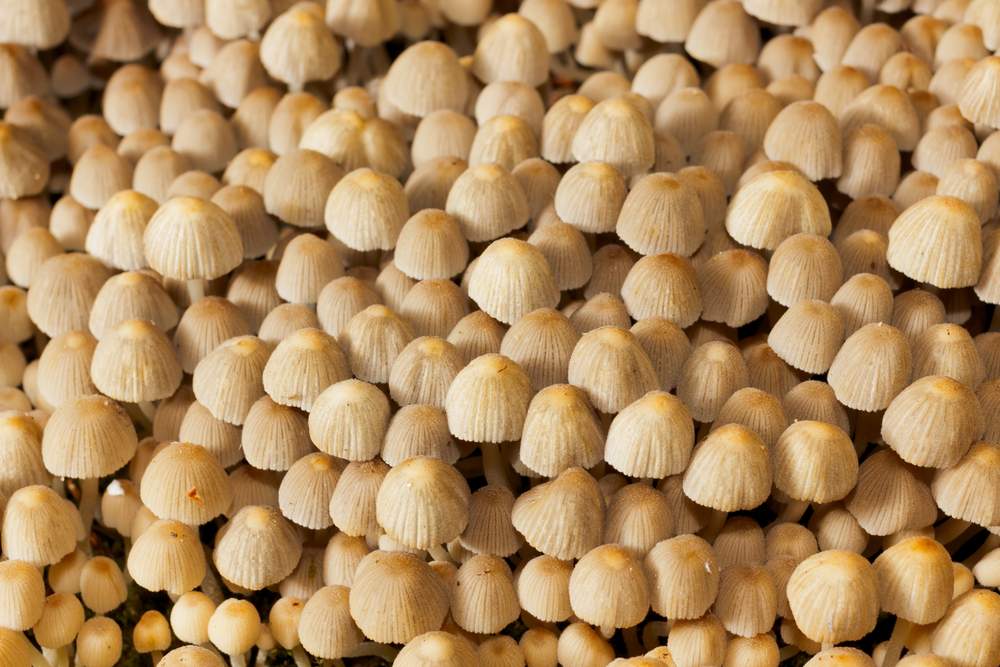
But here’s the really evil part – this is followed by an apparent few days or more of ‘recovery’ where the patient may be convinced that they are in fact getting better. Don’t be fooled – next comes the terminal stage – more vomiting, jaundice, coma, kidney and liver failure, and finally, death. Recovery, except with very early medical intervention, is sadly unlikely.
Lutefisk, Norway

Typically made with dried or salted white fish (often cod or ling), the fish is soaked in water and lye for a few days until it swells up and takes on a gelatinous, jelly-like consistency. By this point it has a caustic pH value of 11 or 12 and is therefore inedible and highly toxic. Adventurous foodies needn’t despair though – a few more days of treatment and water soaking renders the fish safe for human consumption – assuming it’s undertaken correctly that is.
The lye content will still ruin silverware and leave irremovable residue on pans or plates (unless cleaned immediately) and that’s not to mention the strong, unpleasant smell or soap-like taste. Sound good? It does to the thousands of Scandinavians and mid-western Americans that serve up this treat for Christmas each year.
>> Book a flight to Norway or read our Norway travel guide
Escamoles, Mexico
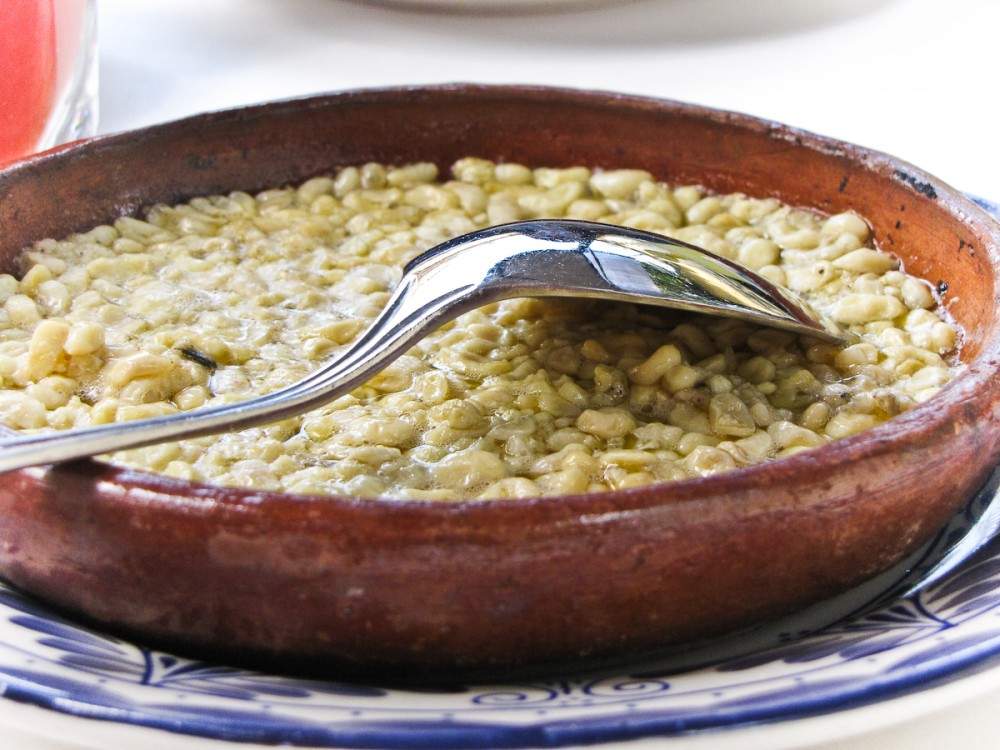
Luckily for the eater these are actually more dangerous to those harvesting them than those chomping down on the results. Harvested from the roots of the agave or maguey plants in Mexico (the same plants that give us Tequila and Mezcal), the eggs are taken from the nests of highly poisonous giant black Liometopum ants, who strangely enough aren’t too happy about offering up their young as taco-filling. Digging up to 2 feet down to locate the nests, the egg hunters are relentlessly attacked by swarms of thousands of biting ants.
Apparently, the technique is to get naked (to avoid ants hiding in the clothing) then smear your body with pork fat in order to protect from the ant bites. So next time you’re tucking into an ant-larvae tortilla, spare a thought for the poor guys who caught the blighters.
>> Learn about real Mexican food or check out delicious street foods from around the world
Apricots, Worldwide
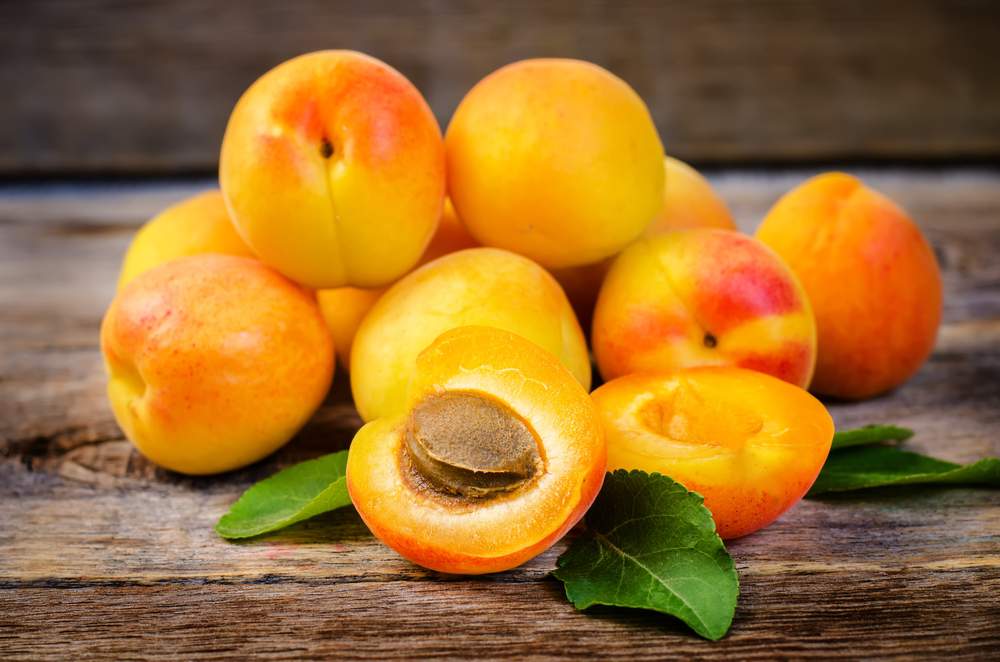
>> Discover weird fruits found in Southeast Asia
Absinthe, Europe
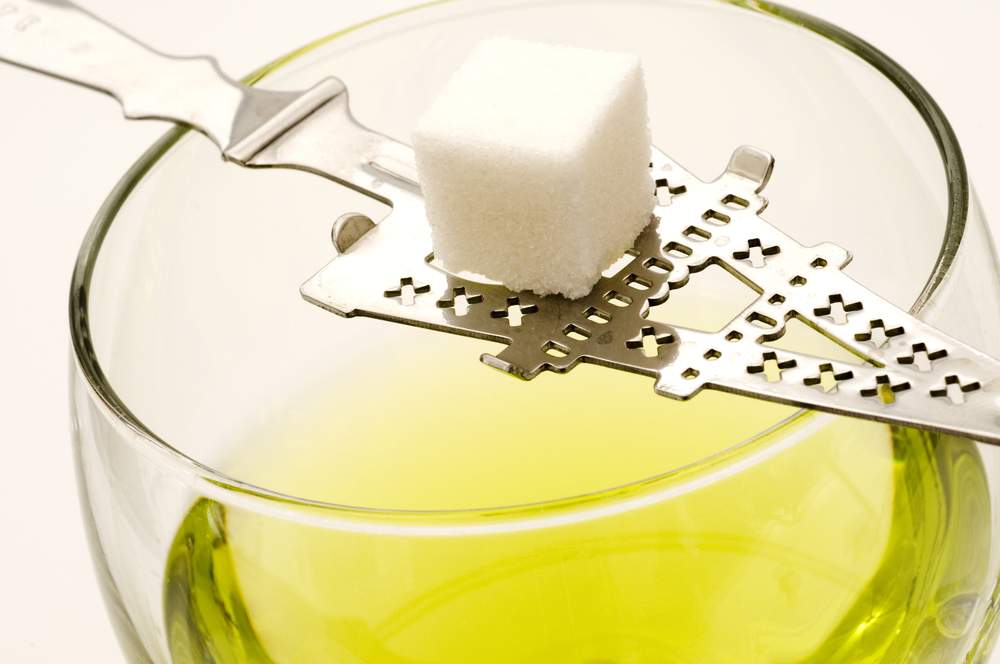
Derived from a mixture of woodworm (in which the toxic chemical thujone is present), sweet fennel and sweet anise, the potent concoction is not only highly alcoholic but found to be an addictive hallucinogen and psychoactive drug. The spirit contains a high-proof of alcohol and is typically diluted with water and sugar before consumption, either by placing the sugar on a slotted spoon above the glass and pouring water over it or by dosing the sugar in alcohol and setting it alight.
Although once widely banned across the US and much of Europe, absinthe has made a bit of a comeback in recent years, albeit subjected to importation regulations.
>> Learn about unique drinks around the world or read about drinking absinthe in the Czech Republic
Giant Bullfrog, Namibia
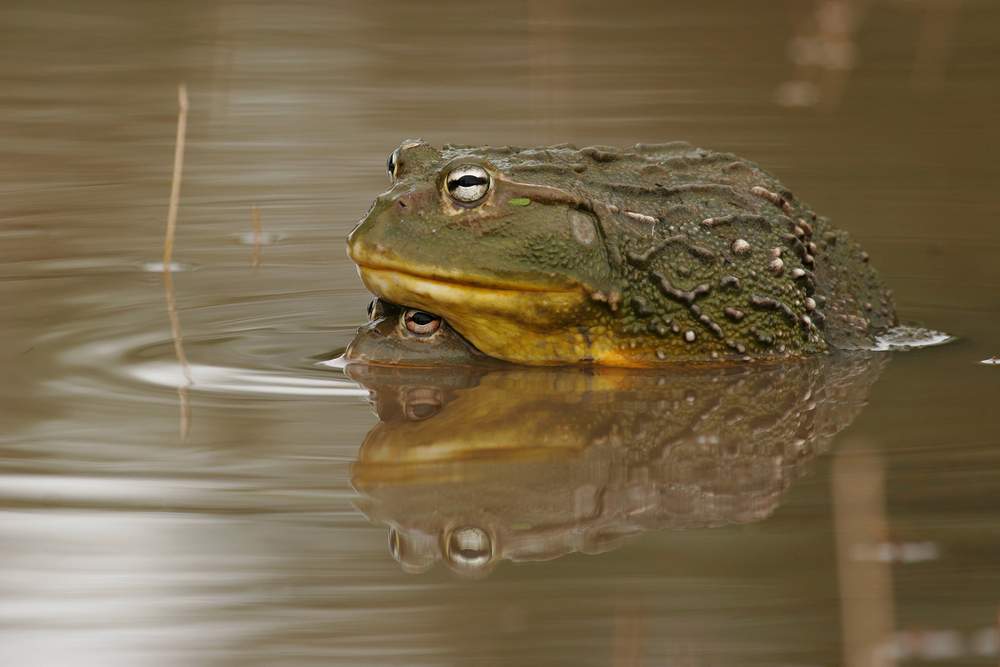
>> Find flights to Namibia
Potatoes, Worldwide
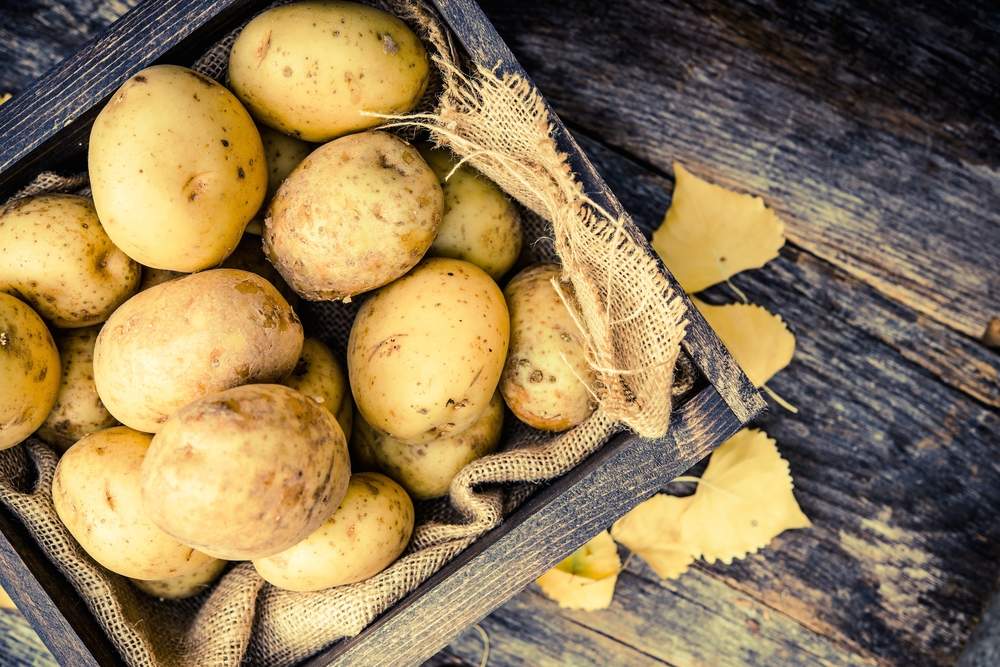
- 10 Weird Food Delicacies
- A Dish for All Seasons: What to Eat and When to Eat it Around the World
- 7 Popular Foods Named After Places
- Exciting Edibles in South America
Photos by: Shardan, olivcris Blacqbook , Dan Costa , dangdumrong , Famed01 , Mors , Fanfo , Nataliya Arzamasova , Jesse Kunerth , Bildagentur Zoonar GmbH , welcomia , Jaromir Chalabala